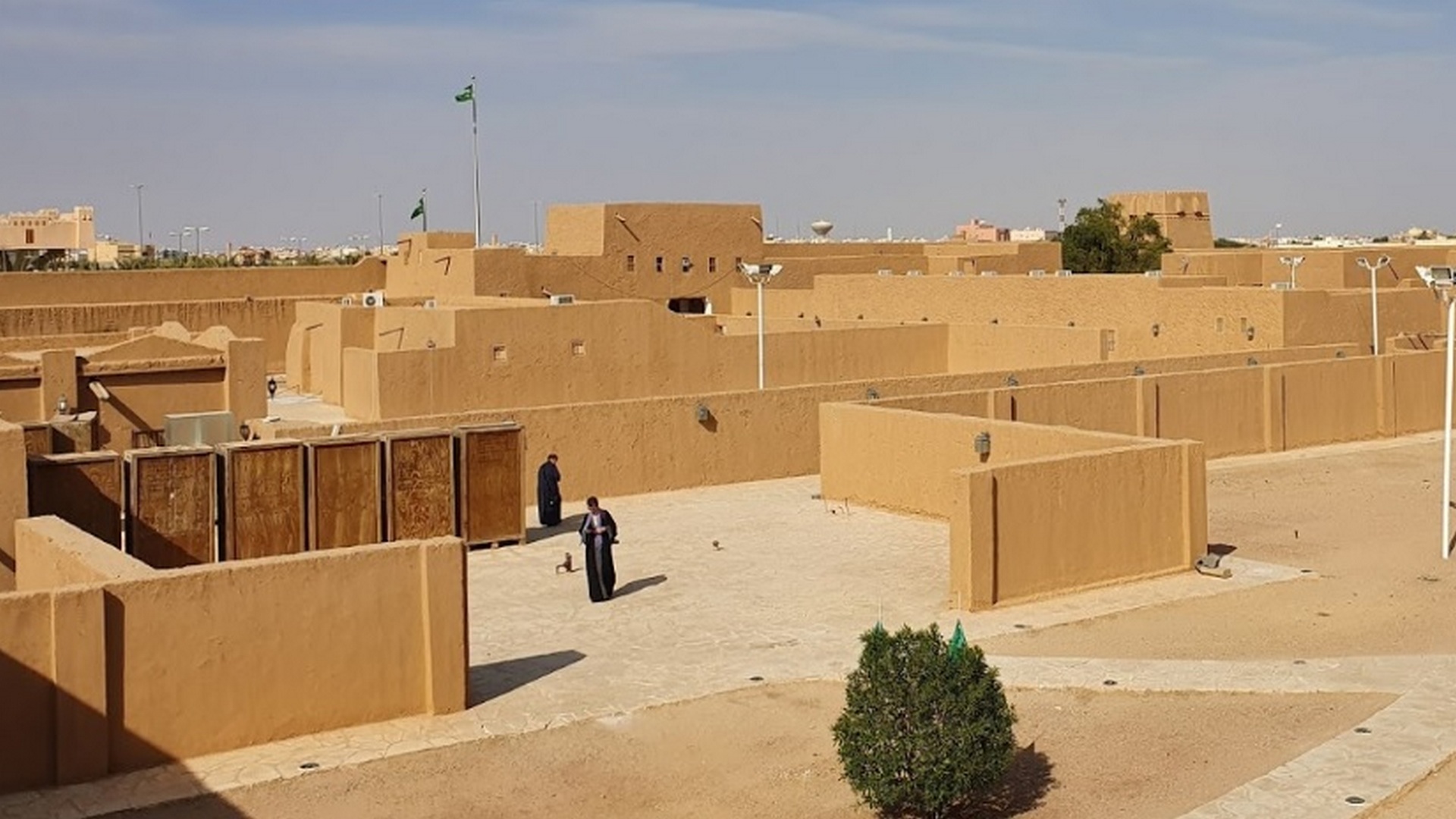Description
Property Name: King Abdulaziz Palace Al-Dawadmi
Inventory No: 966-1-3
Date of infill of the inventory form: 2010-02-21
Country (State party): Saudi Arabia
Province: Riyadh
Town: Ad Dowadmi
Geographic coordinates: 24° 28′ 54″ N
44° 21′ 39″ E
Historic Period: 20th century, 1st half
Year of Construction: 1931
Style: Late Ottoman
Original Use: Palace
Current Use: Museum
Architect: Unknown
Significance
Located in the western province of Dawadmi, along the route to Hejaz, King Abdul Aziz palace is characterized by its beautiful buildings. Construction started in the first month of spring in 1350 AH (1931 AD), when King Abdul Aziz visited the location and laid the foundation stone. The building of the palace took 13 months. It consists of a number of buildings, the most notable of which is the Royal Wing, which includes accommodation and
utilities, and the king’s sitting area, «Al Roshan», where the king received his guests.
On the 7th day of Safar in the year 1349H/1928AD, His Majesty King Abdulaziz. ordered one of the dignitaries of al-Dawadmi to build a palace. His Majesty himself visited the site and specified the area and the location of the palace to be built. It is located to the west of al-Dwadmi city, about two k.m from the Riyadh-Hejaz old road. He brought with him the most famous builders for the construction of this palace. The palace was built in al-Dawadmi as a Rest House for the King while traveling between Riyadh and Makkah. As well as, it served as a guesthouse to receive heads of the tribes and citizens. This palace, later became al-Dawadmi Governorate building. A room was allocated in this palace for the wireless and telegrams. A fuel station was also constructed for the vehicles belonging to the royal palace.
One of King Abdulaziz’s palaces built in the governorate of Dawadmi, and it is very similar to other palaces of King Abdulaziz in terms of planning and building style, and the use of mud bricks in building its walls, and atlewood and palm trees in the ceilings, and the palace is characterized by the height of the outer walls as well as the gates.
Selection Criteria
ii. to exhibit an important interchange of human values, over a span of time or within a cultural area of the world, on developments in architecture or technology, monumental arts, town-planning or landscape design
v. to be an outstanding example of a traditional human settlement, land-use, or sea-use which is representative of a culture (or cultures), or human interaction with the environment especially when it has become vulnerable under the impact of irreversible change
vi. to be directly or tangibly associated with events or living traditions, with ideas, or with beliefs, with artistic and literary works of outstanding universal significance
State of Preservation
It has been restored and well preserved.
References
Agency of Antiquities and Museums: Restoration project of King Abdul Aziz Palace Dawadmi (Riyadh, 1421 AH).


